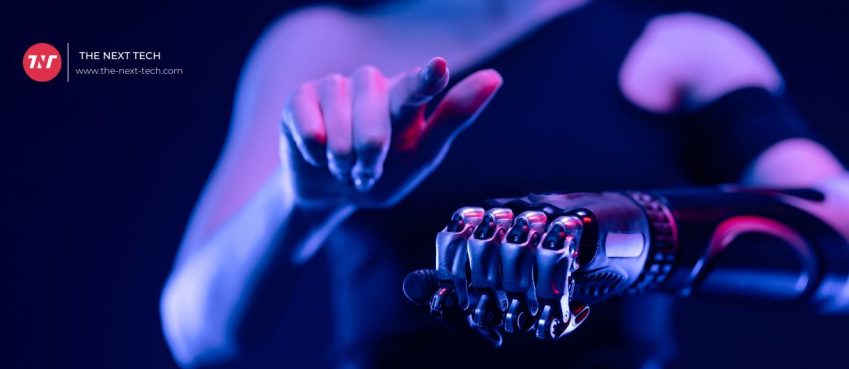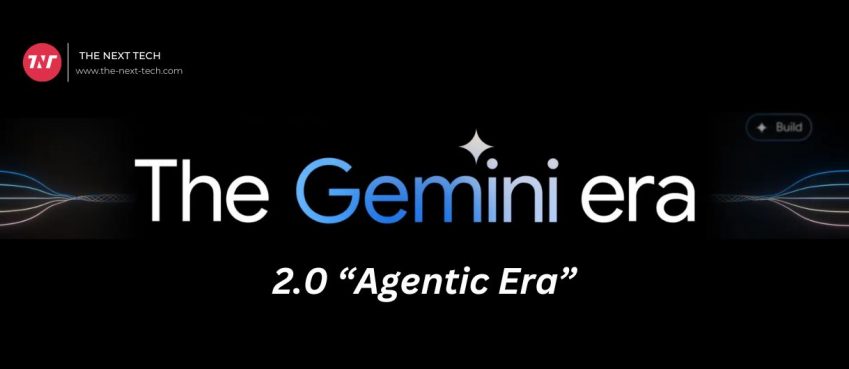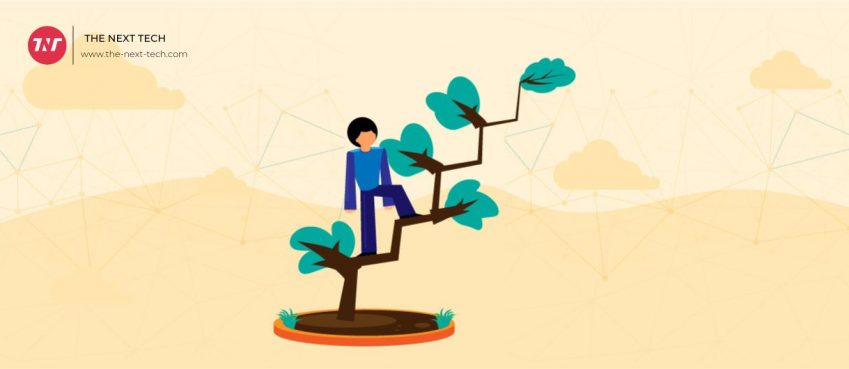
Businesses that are looking to improve customer experience must implement a Conversational AI solution. The right strategy will allow you to engage customers in real-life conversations, while still being cost-effective.
There are so many options available that most CX and Digital Transformation professionals can get lost in the confusion between “chatbots” and “intelligent virtual assistance”.
The main question is whether ‘chatbots’ and ‘intelligent virtual assistants can be interchangeably used. Or do their capabilities, complexity, and scope differ?
Intelligent Virtual Assistants (IVA), are chatbot solutions that can be used to meet the modern needs of enterprise customers. Chatbots can handle routine, simple questions using simple rules.
IVAs, on the other hand, are more advanced AI solutions that can be equipped with (Natural Language Understanding). NLU allows them to understand and retain context, allowing for easier conversations. It also allows them to perform a variety of tasks that meet user requirements.
Let’s drill down deeper to understand the key areas where IVAs bypass the capabilities of a Chatbot:
Also read: The Top 10 In-Demand Tech Skills you need to have in 2021
#1 IVAs can understand user queries better
Chatbots are limited in their ability to understand queries because they only respond to predefined scripts. Chatbots can learn and adapt to changing contexts over time, which allows them to be free-flowing.
Chatbots that use open-source NLP are not trained to comprehend complex sentences or answer brand-specific questions. This causes bot breakages and a heavier load on Live Agents, which leads to poor Customer Experience.
Haptik uses our proprietary NLP engine to cater to domain-specific intents. It was trained from 4 billion+ conversations. Haptik NLP was recognized worldwide at EMNLP 2020. It is able to beat multiple open-NLP libraries such as Rasa, Dialogflow, and LUIS inaccuracy.
These are proven use-cases in which Haptik IVAs perform better than any other chatbot on the market.
1. Maintaining conversation context:
Chatbots cannot identify returning users in the context of contextual conversations. IVAs can remember information derived from previous user behavior and actions. This information is used to provide context for future conversations.
2. Understanding complex sentence structures:
Free-flowing conversations are full of spelling mistakes, slangs and negative sentences. Chatbots don’t have the artificial intelligence models IVAs have to interpret specific intents and respond to user questions with precision.
For example,

3. Gauging Sentiments
IVAs have simulated emotional intelligence (SI) to analyse user sentiments based on sentence structure and speech patterns. Chatbots lack AI, so they are not able to decode sentiments.
4. Handling user intents like a Pro:
Natural language is used by humans to communicate their intentions, which often leaves them unclear. Chatbots are unable to answer user questions in such situations. These issues can be handled by IVAs, which prompt the user to clarify.
Also read: What Is Freely? A TV Streaming Platform Backed By BBC, ITV, Channel 4 and Channel 5
#2 IVAs are technically advanced
IVAs have many features that can be used to address the unique needs of every enterprise, in addition to their core capability of powering conversation. These capabilities lead to a higher ROI and make IVAs a better choice for CX in the future. Let’s look at a few examples that support the claim.
1. Contextual AI to Agent handoffs:
Haptik IVAs provide the best support experience, unlike other chatbots that use auto-assignment routing logic based upon query queue. Haptik NLP automatically suggests answers to queries, which aids agents in responding to user messages.
2. Leveraging Voice for enhanced CX:
IVA’s allow customers to communicate with businesses using voice, as though they were talking to someone. Haptik’s IVA can achieve this by using customized NLU models to interpret customer speech and to reply through text or speech.
Chatbots, on the other hand, are not prepared to handle phonetic errors, background noises, accent differences, and different pronunciations, rendering them unreliable in providing assistance via voice.
3. Chat interface & user experience:
Chatbots can respond with text or static buttons after users initiate a conversation. IVAs use interactive prompts to grab the user’s attention using predefined triggers. The IVA can also suggest responses to users who start texting. You can configure the chat interface dynamically to meet brand design requirements.
Also read: 50+ Trending Alternatives To Quadpay | A List of Apps Similar To Quadpay - No Credit Check/Bills and Payment
Summing it up!
The IVAs will give you the edge when it comes to customer satisfaction. This article will explain why IVAs are different from all chatbots. Haptik’s IVAs have helped brands have more customer-focused conversations that inform, help, convince, and sell.
It would be appropriate to add that the next generation of Conversational AI is right at your doorstep, and it’s time for you to embrace IVAs.
Top 10 News
-
01
10 Exciting iPhone 16 Features You Can Try Right Now
Tuesday November 19, 2024
-
02
10 Best Anatomy Apps For Physiologist Beginners
Tuesday November 12, 2024
-
03
Top 10 Websites And Apps Like Thumbtack
Tuesday November 5, 2024
-
04
Top 10 Sites Like Omegle That Offer Random Video Chat
Monday October 21, 2024
-
05
Entrepreneurial Ideas To Make 5K In A Month (10 Realistic Wa...
Monday October 7, 2024
-
06
[10 Best] Cash Advance Apps Like Moneylion And Dave (No Cred...
Friday September 20, 2024
-
07
Top 10 Richest Person In The World
Tuesday August 27, 2024
-
08
Top 10 Unicorn Startups In The World (2024-25)
Monday August 26, 2024
-
09
Top 10 IT Companies In The World By Market Cap
Thursday August 22, 2024
-
10
[10 New] Best OnionPlay Alternatives To Stream TV Shows And ...
Tuesday June 11, 2024







